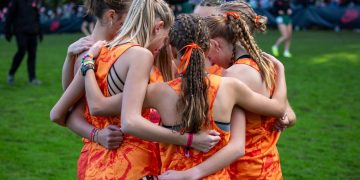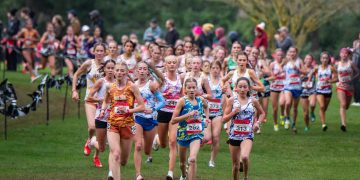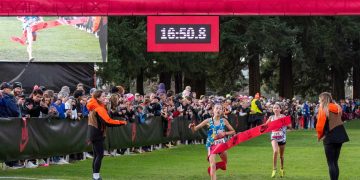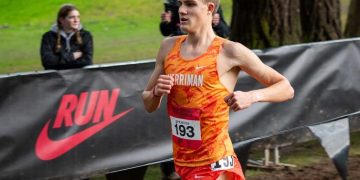Mary Wittenberg and Mayor Bloomberg were well meaning, but perhaps ill advised. Wittenberg and Bloomberg saw the marathon as a place for healing; as an official function, it was, to the Mayor’s office and the NYRR, a place for healing. It became a focus point of all the frustrations, natural though they may have been, from people without water, working toilets, safe food, and then the issues with transport: six hours to fill a cars’ gas tank, or no gas at all. Seeing the city support 40,000 runners across a damaged city was too much for many locals, and of course, the local paper, the New York Post.
The New York Post deserves the award for cynicism, as some of their allegations will be found out to be, not completely true. The Post did point out some solid concerns, but they also wrote about services in races that they knew nothing about, from Gatorade to water needed for 40,000 marathoners. The New York City Marathon became the place where all frustrations on Hurricane Sandy, city support was focused. Drivers in the orange NYC jackets were harassed. Runners and the marathon had become part of the problem, not part of a solution.
Soon after the race was canceled, many of these products were provided for Hurricane Sandy surivivors, the way it should have been on Tuesday. The NYRR donated 20,000 meals on Friday night, soon after the cancelation of the marathon.
One keen observer noted the following: “If the late Fred Lebow had been alive, the race would have been called off on Tuesday and a people’s marathon would be have been offered on Sunday, with NYRR cleaning the park.” A bit of hyperbole, but, one gets the drift.
For a group so focused on good pr for road running, the NYRR was just too close, and perhaps, too darn tired to recognize that they were being considered the bad guys.
The NYC Expo took a different turn as well on Saturday, November 3. Gary Murkhe, former NYC marathon champ and founder of Super Runner, now manages, along with his wife, Jane, the ASICS Expo store and presence. Murkhe discounted the ASICS product to half off and donated proceeds to Hurricane Relief. Then Saucony donated proceeds from all three days to Hurricane Relief. Then New Balance donated $250k and matched associates donations. Mizuno, Brooks and The North Face were also donating proceeds to the Hurricane Relief. I then posted that Shoe Companies do Good. The gesture was important, and well received.
There was a virtual flash marathon in Central Park, and many ran the entire 26.2 in the confines of Central Park on November 4. That was a good thing. The elite athletes will deal with the cancellation and either call it a season or find a race such as Fukuoka, CIM, Osaka, there are some to choose from.
Marathoning has become big time. Marathons now have to deal with politics, and all politics is local. I would suggest that what other major marathons and not so major marathons should do is have an ombudsman in place. Someone who can tell the emperor that they have no clothes on, that the race should be cancelled, that this is bad for the future relations of the city and the event.
Road Racing has become, for many cities, part of the problem. Too many races, too much congestion and a charity of the day format hurts the sport. In dire situations like the aftermath of Hurricane Sandy, road running needs to police itself.
In the end, the race was cancelled. Good people disagreed, but, in the end, the NYRR puts its considerable resources to helping those who needed it. A lesson, hard won , has been learnt.
ING New York City Marathon will come back in 2013, with a few bruises, but much the wiser for the experience. So it goes.























